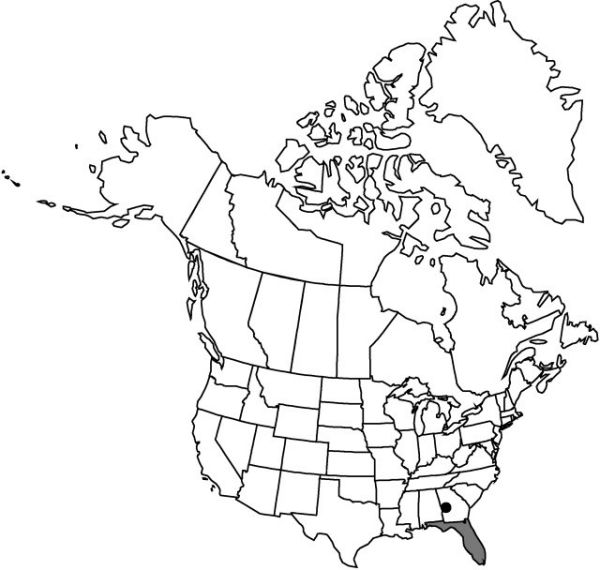Difference between revisions of "Dioscorea alata"
Sp. Pl. 2: 1033. 1753.
imported>Volume Importer |
imported>Volume Importer |
||
| Line 53: | Line 53: | ||
|publication year=1753 | |publication year=1753 | ||
|special status=Introduced | |special status=Introduced | ||
| − | |source xml=https:// | + | |source xml=https://bitbucket.org/aafc-mbb/fna-data-curation/src/2e0870ddd59836b60bcf96646a41e87ea5a5943a/coarse_grained_fna_xml/V26/V26_1005.xml |
|genus=Dioscorea | |genus=Dioscorea | ||
|species=Dioscorea alata | |species=Dioscorea alata | ||
Latest revision as of 21:11, 5 November 2020
Plants tuberous; tubers 1–many, stalked and ± deeply buried, elongate (highly polymorphic), often massive, weighing up to several kg, flesh starchy, white or variously colored. Stems twining clockwise, climbing up to 20 m, broadly winged, 4-angular, producing bulbils up to 4 cm in diam. in leaf axils, wings often purplish. Leaves alternate proximally, opposite and ultimately decussate distally, 6–16 × 4–13 cm; petiole ca. as long as blade, winged, base clasping, basal lobes stipulate, growing as extensions of wings, less than 1 mm wide; blade 5–7-veined, ovate, glabrous, base typically sagittate, margins entire, apex acute to acuminate. Staminate inflorescences axillary, 1–2 per axil, paniculate, fasciculate; panicles bearing flowers singly, bracteolate, in a zigzag pattern along rachis, internodes less than 2 mm; rachis to 25 cm, secondary axes 1–3(–6), fasciculate, less than 3 cm, each subtended by deltate-ovate bracteole shorter than 1 mm. Pistillate inflorescences solitary, 4–8(–20)-flowered, 6–35 cm, internodes ca. 1 cm. Staminate flowers: perianth whitish, cup-shaped; tepals ca. 1 mm, connate at base in 2 subequal whorls, outer widely ovate, inner narrower, apex obtuse to rounded in both; fertile stamens 6 in 2 equal whorls; anthers longer than filaments, thecae distinct, not spreading. Pistillate flowers: perianth lightly colored; tepals broadly ovate, ca. 1 mm, fleshy; staminodes 6, smaller than fertile stamens. Capsules not reflexed at maturity, broadly ovate, ca. 2 × 3.5 cm. Seeds winged all around. 2n = 30, 40, 50, 60, 70, 80.
Phenology: Flowering late summer; fruiting into late fall.
Habitat: Near ponds, marshes, drainage canals, waste areas
Elevation: 0 m
Distribution

Introduced; Fla., Ga., Southeast Asia, cultivated worldwide.
Discussion
Dioscorea alata is the most extensively cultivated of the edible yams. There are hundreds of cultivars worldwide (L. Degras 1993; D. G. Coursey 1967), varying in the color and consistency of the flesh. The bulbils may also be eaten, but the large tubers are favored. Typically the plants are propagated vegetatively. The species is not known to exist in the wild, and its putative origin is from Southeast Asia. It has escaped from cultivation in the southeastern United States, recorded here from Florida and Georgia, although it is likely to be found elsewhere in the Gulf states. The plants seldom flower in the flora area; I observed no staminate flowers at all, and very few pistillate ones. Although the fruits do set seed, the seeds are frequently unviable.
Selected References
None.